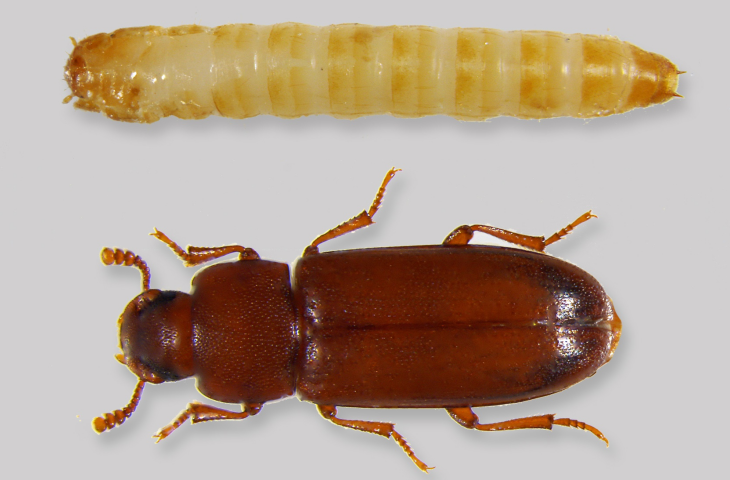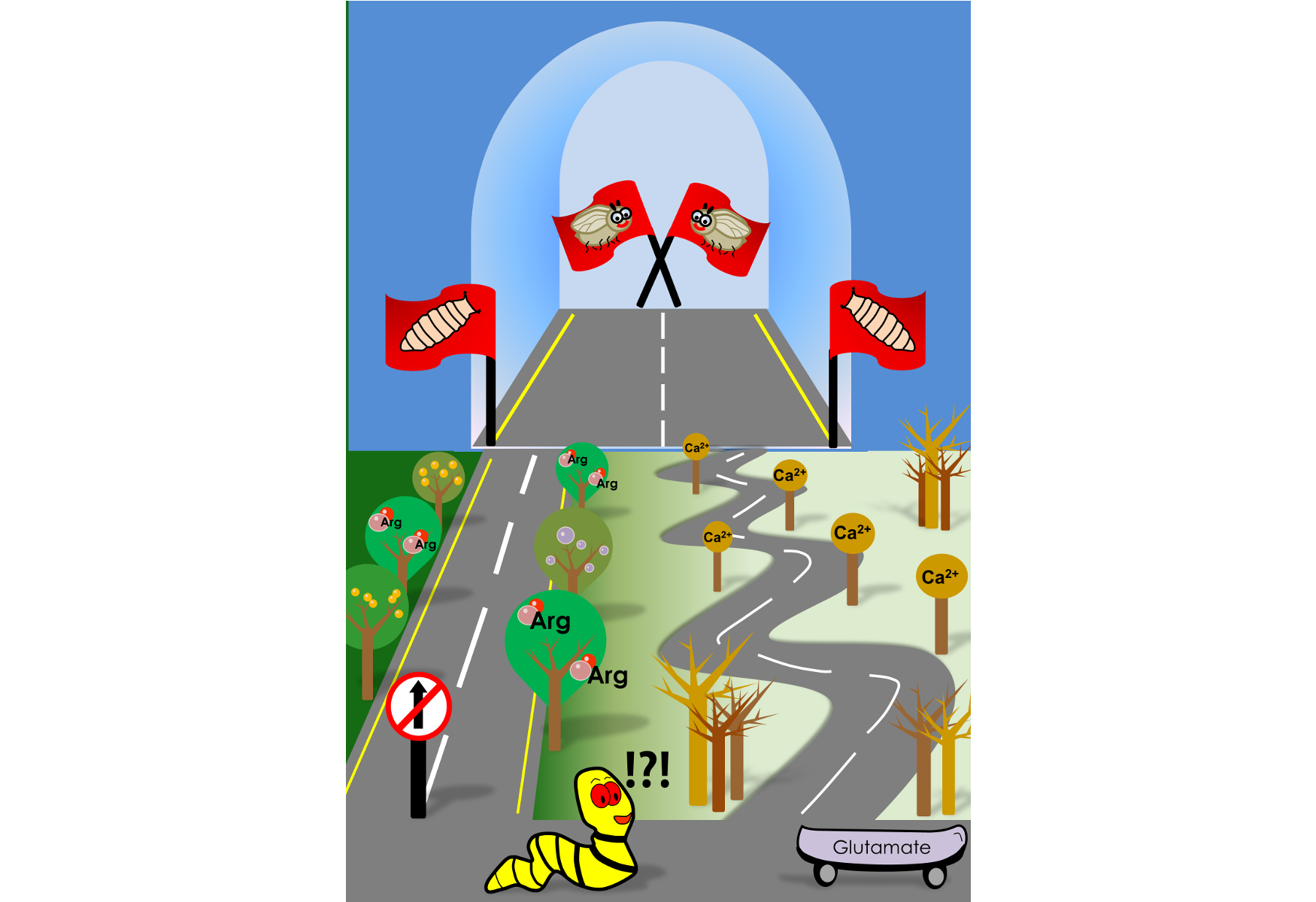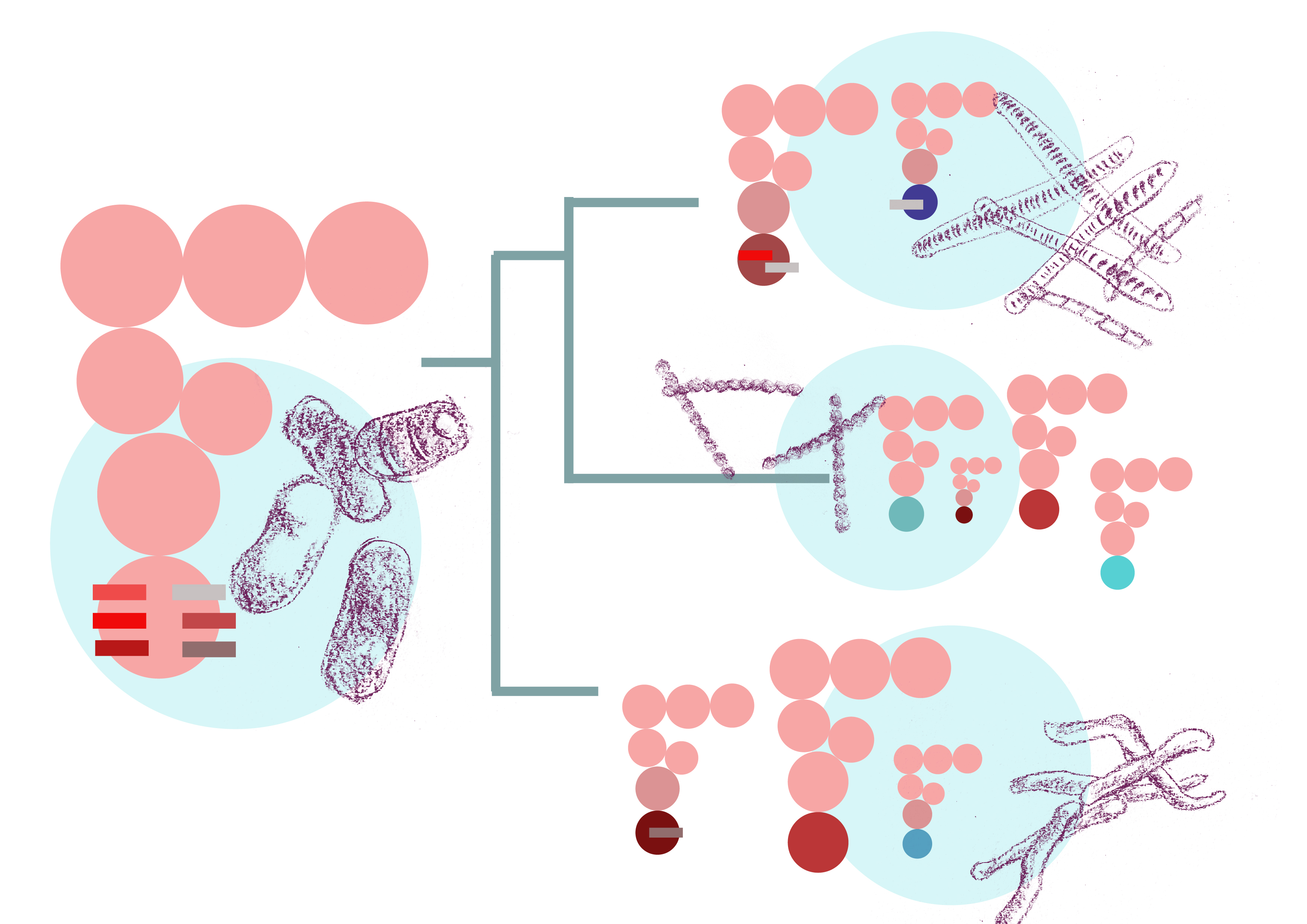-
New hope in the pipeline for autistic individuals
Shashi (name changed) is an autistic eighteen year old. Today he is a calm and quiet young adult who responds when spoken to and does not have meltdowns. He is also very good at painting ,can sit for a long time while painting, and can participate in social events and community get togethers. As a two-year old, it was not so. Shashi’s nerves were always on edge and he rarely would sleep. While walking or playing, Shashi was oblivious to his surroundings and hurt himself many a time as he stumbled or hit objects around him.
-
A window into the mind: discovering how antipsychotic drugs affect the brain
Researchers from the National Centre for Biological Sciences (NCBS), Bangalore, have developed a mouse model for detecting cells that respond to antipsychotic drugs in live brain tissues. Using this, the team have also discovered that the antipsychotics Clozapine and Olanzapine affect ependymal cells—a class of brain cells responsible for producing cerebrospinal fluid—previously unknown to be affected by antipsychotics.
-
Flies release neuronal brakes to fly longer
For insects, flying is a swift way of getting around to find food, identify a mate and escape unfavourable conditions. While muscles provide the power for flying, it is the brain that coordinates strategic planning. For a hungry fly, this could mean using its powerful olfaction to sense the presence of food such as a rotten banana and then navigating the distance to reach it, which may require flying for several minutes or even an hour or more. How does the insect brain coordinate the timing for such long flight bouts?
-
Balancing act at the edge of cells: Study
We are made up of trillions of cells and they use endocytosis to take up nutrients and growth factors. Endocytosis is a process by which a cell makes small vesicles or bags to take in nutrients from outside environment. In order to maintain its shape and size, a cell has to maintain the area of its plasma membrane.
-
Mutations and fitness tradeoffs in bacteria
If you've ever trained for a track event, you know there are two ways to run. Training for a long distance running event means you have to run economically – wasted movement costs valuable energy. Sprinting, on the other hand, focuses on powerful movements made with intense effort.
-
NCBS team identifies a tiny molecule in rice that facilitated domestication from wild grass
The grains we eat, the flowers we cherish, fruits that we use as supplements, all came from plants that have been extensively modified from their original forms in a process called domestication. Domestication of plants and animals has been the subject of fascinating studies over the last many decades. Domestication encompasses a broad spectrum of evolutionary changes called as “domestication syndrome” that distinguish most crops from their progenitors. These changes may increase fitness of these plants under ideal man-made conditions, but likely decrease their fitness in the wild. Comp
-
The induction of larval resource preference in heterogeneous habitats
Animals often have to evaluate and choose between multiple food sources in their habitat, and these potentially complex decisions can have a large impact on their fitness. A paper recently published by Deepa Agashe's lab, demonstrates that experience-based plasticity of larval resource choice may strongly impact larval preference and fitness in heterogeneous habitats. The paper was published by Vrinda Ravi Kumar, Swastika Issar and Deepa Agashe, from the National Centre for Biological Sciences (NCBS).
-
Surfing on calcium waves: A larva's journey to becoming a fly
Eric Carl, in his much-loved children's book, "The Very Hungry Caterpillar", takes us through the transformation of a gluttony caterpillar into a beautiful butterfly. For a scientist, however, this book is a Pandora's box of questions. How does the caterpillar know when to stop eating? Had he not eaten so much, would he have ever moved on into the cocoon?
-
Lost in translation: understanding the loss of bacterial tRNA modifications over time
Translation, the process by which information from messenger RNA (mRNA) is decoded to build proteins, is a central process to all of life. The nuts and bolts of the translation machinery are among the first concepts biology students learn. Yet, what is not apparent to many is that the components of translation can be diverse across species.
-
To divide or not to divide? That is the question.
Scientists have long wondered and studied how and when the cell multiplies itself, and how cells change over time. In this context, understanding how and when cells multiply is very important.
All living cells undergo the same cell division cycle - irrespective of whether they are fly cells or mouse cells. To be effective building blocks, cells must make critical decisions to divide or not. At the level of an organism, these decisions are at the population level, and specific tasks to individuals – like a division of labour, occur in order for the system to function well.
















